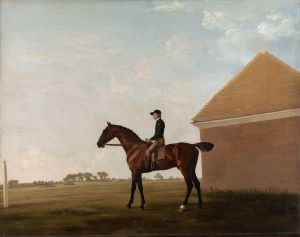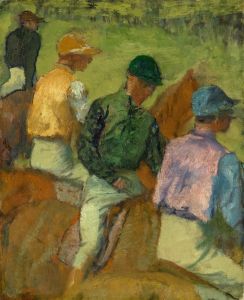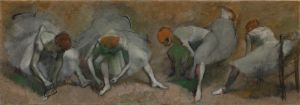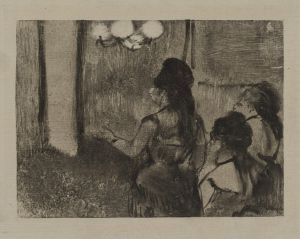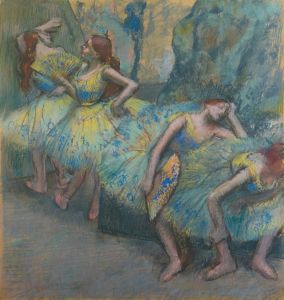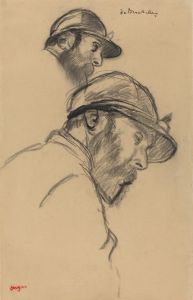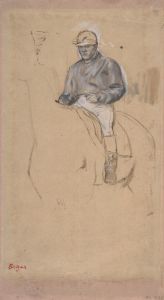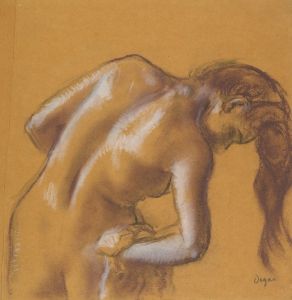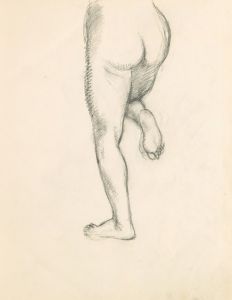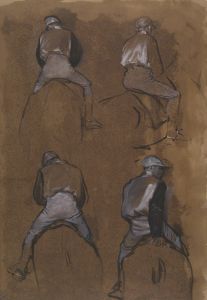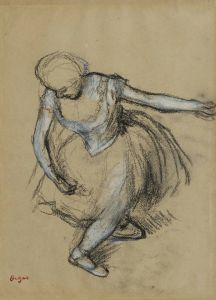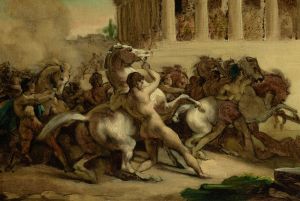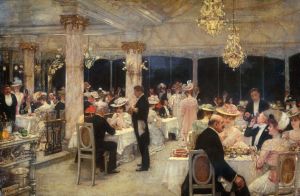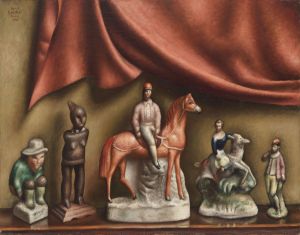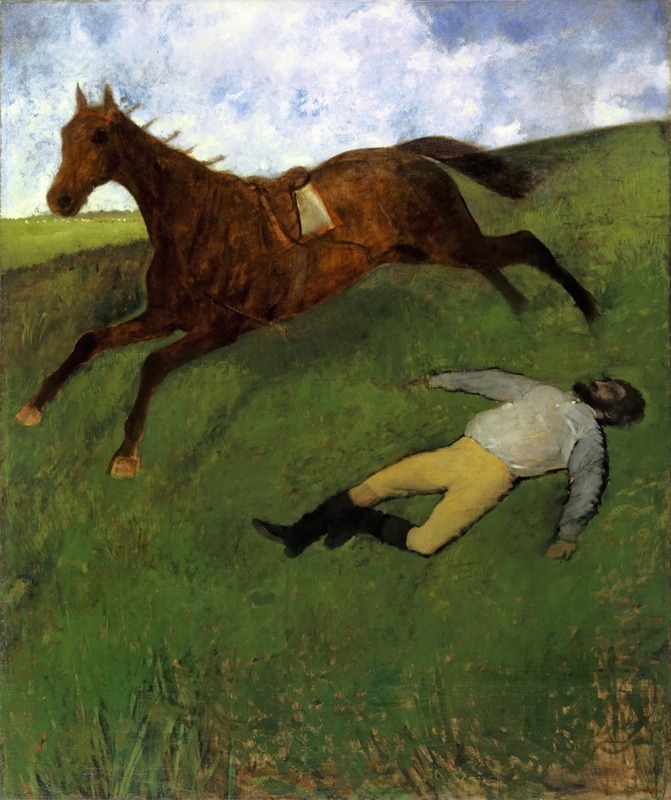
Verletzter Jockey Injured Jockey
A hand-painted replica of Edgar Degas’s masterpiece Verletzter Jockey Injured Jockey, meticulously crafted by professional artists to capture the true essence of the original. Each piece is created with museum-quality canvas and rare mineral pigments, carefully painted by experienced artists with delicate brushstrokes and rich, layered colors to perfectly recreate the texture of the original artwork. Unlike machine-printed reproductions, this hand-painted version brings the painting to life, infused with the artist’s emotions and skill in every stroke. Whether for personal collection or home decoration, it instantly elevates the artistic atmosphere of any space.
Edgar Degas, a prominent French artist associated with the Impressionist movement, created the painting Injured Jockey (Verletzter Jockey) in 1896. This work is one of several equestrian-themed pieces by Degas, reflecting his fascination with horse racing, jockeys, and the dynamic movement of horses. Degas often explored themes of modern life in his art, and horse racing was a popular subject in 19th-century France, particularly among the urban bourgeoisie.
Injured Jockey depicts a dramatic moment in which a jockey has fallen or been injured during a race. The painting captures the tension and vulnerability of the scene, with the horse and rider rendered in Degas's characteristic style, which combines realism with a sense of movement and immediacy. The composition emphasizes the relationship between the horse and the rider, as well as the precarious nature of the sport. Degas's use of muted colors and loose brushstrokes adds to the emotional impact of the piece, creating a sense of both urgency and introspection.
This painting is notable for its departure from Degas's earlier works on horse racing, which often focused on the elegance and energy of the sport. In contrast, Injured Jockey highlights the risks and physical toll associated with horse racing. The subject matter reflects Degas's broader interest in capturing moments of human vulnerability and resilience.
Degas's later works, including Injured Jockey, were often created under challenging circumstances, as the artist suffered from deteriorating eyesight in his later years. Despite this, he continued to experiment with composition, color, and technique, producing works that remain influential in the history of art.
The painting is currently housed in the National Gallery of Art in Washington, D.C., where it is part of the museum's extensive collection of 19th-century European art. It is considered an important example of Degas's mature style and his ability to convey complex emotions through his art.





